
January 26, 2018
We’ve all seen the Facebook Detailed Placements update made last year, but do you really understand how each placement works and how it can help improve the performance of your campaigns?
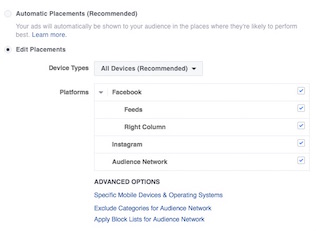
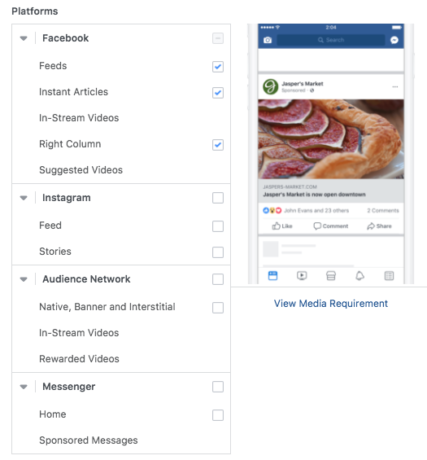
Depending on your campaign objective, you have the option to select between many placements. It’s recommended to opt into as many placements as possible to help Facebook’s algorithm achieve better results at the lowest possible cost. It’s also important to note you might need various creative sizes/formats to deliver in these placements.
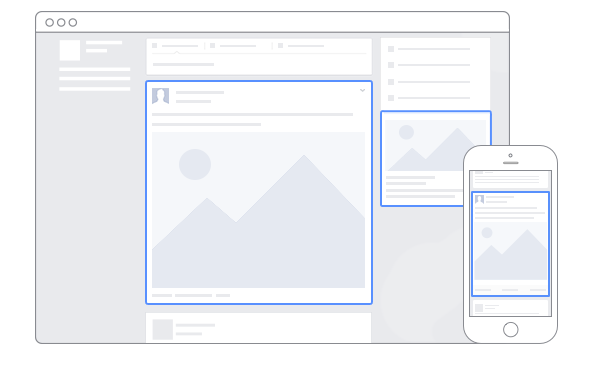
Feeds and right-hand column are your most basic placements. Choosing Feed will deliver your ad in between the feed of your targeted audiences. While the Right Column, is less favored due to its location on the far right of the interface. Thus, making this placement less than ideal for initial engagement, not to mention most Facebook users know these are ads.
By only running on these two placements, you can reduce your potential reach, limit traffic, conversions and more than likely your costs will be higher. If you decide to run using these placements, I recommend having campaigns with low budgets, short flights, and traffic objective.
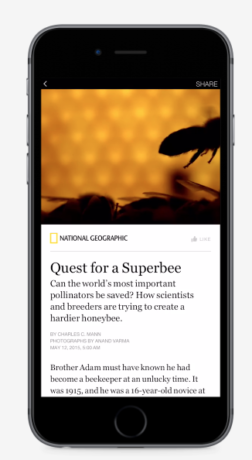
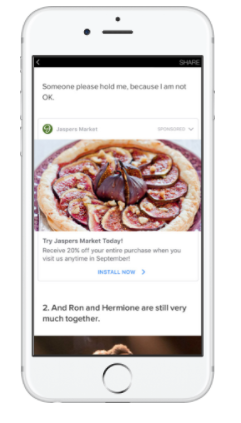
Instant Articles allow publishers to quickly create articles within the Facebook interface. For me, instant articles tend to walk the line between Facebook and Audience Network simply because you’ll never know where your ads are displaying. This can cause brand safety headaches, however, you can create a block list and set up category exclusions to help prevent this from happening.

By simply adding this placement to one of my campaigns, we able to increase our clicks to site by 21% and lower our CPC by 51% within a one week period!
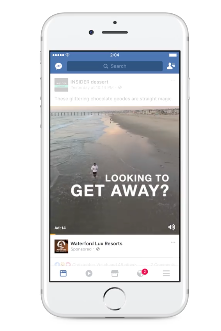
Instream Videos and Suggested Videos are most commonly used for video campaigns to deliver 5-15 second mid-roll video ads to users watching videos on Facebook. Similar to Instant Articles, it would be a good idea to add blocked lists and category exclusions.
While I haven’t had the chance to test out these placements, my video campaigns have outperformed all other campaigns with different objectives. Since Facebook is currently pushing for video ads, my assumption is performance will be greatly improved by adding these placements.
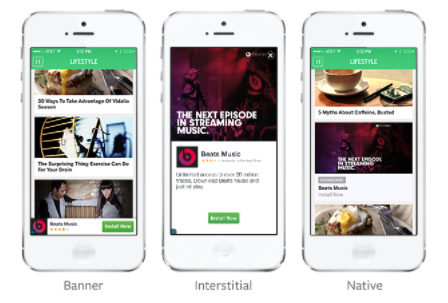
Audience Network, like the Google Display Network, displays your ads to 3rd party apps and websites off Facebook. You can use Native, Banner, Interstitial, In-Stream videos and Rewarded Videos (not available for traffic objectives) placements. I’ve worked with several clients that have issues opting into these placements due to brand safety concerns, as previously mentioned you can take precautions by implementing exclusions.
This placement tends to provide a high amount of traffic at a lower cost. In one of my campaigns, audience network generated 25% of total clicks at a $0.13 CPC, while our other placements had CPC’s of $1.04, running on Audience Network helped reduce our overall CPC down to $0.82. It’s important to note, quality of traffic/leads can be poor, so keep on a close eye on performance.
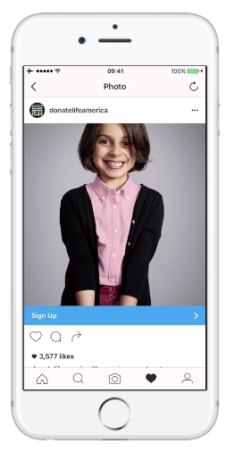
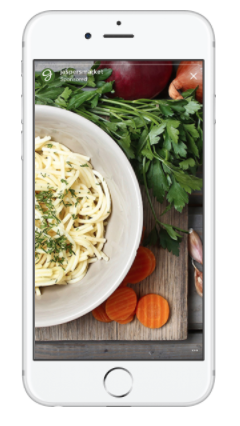
If you decide to opt into Instagram there are only two placement options, Feed, and Stories. I consider Feed similar to Facebook’s Feed except you’ll reach a different demographic than from Facebook. Stories are ads that show for 5 seconds or until a user swipes out and should be used as a way of engaging your audience.
If you decide to run campaigns through Instagram, expect your cost per acquisition to range between $1 – $2.25 and your audience to lean more towards a younger demographic.
Messenger
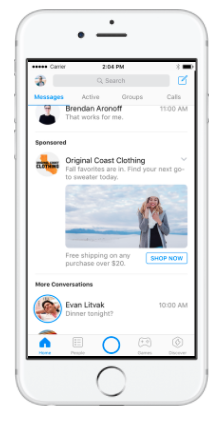
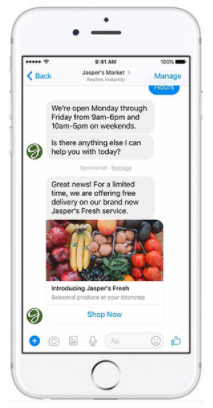
The least opted into placement, Messenger has Home and Sponsored Messages. With the Home placement, your ad will display to Messenger App users on the Home screen. Using Sponsored Messages, you can re-engage with users who have previously conversed with you using the app. To select this placement, you will need to create a separate campaign with the messages objective.
Not many advertisers have opted into this placement, therefore it would be a good test to see how adding Messenger Home to your campaign placements.
Conclusion
Facebook is a great network to help increase brand recognition and engagement. With the option to pick and choose between several placements, you can have better control of where your ads are showing, and help improve the performance of your campaigns.